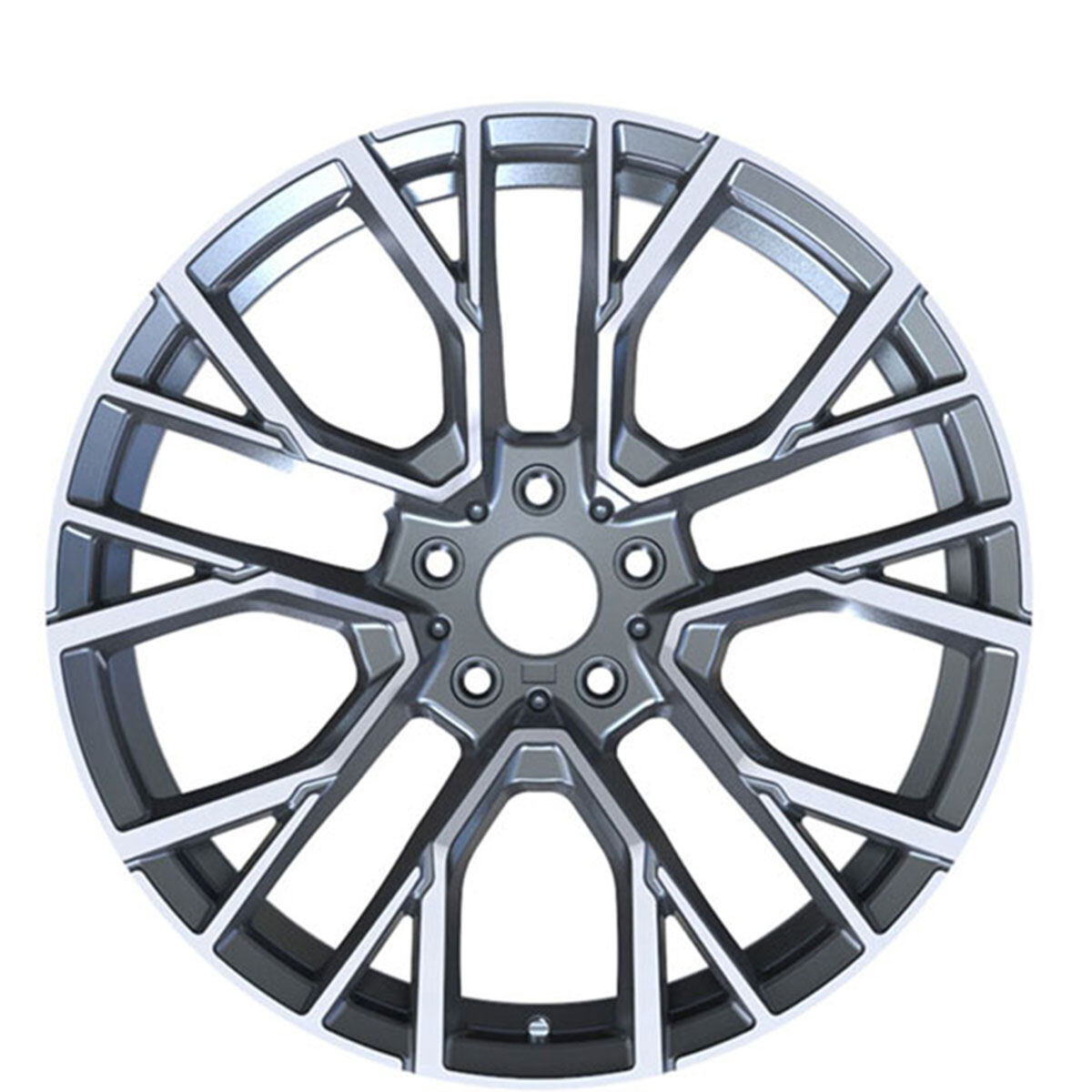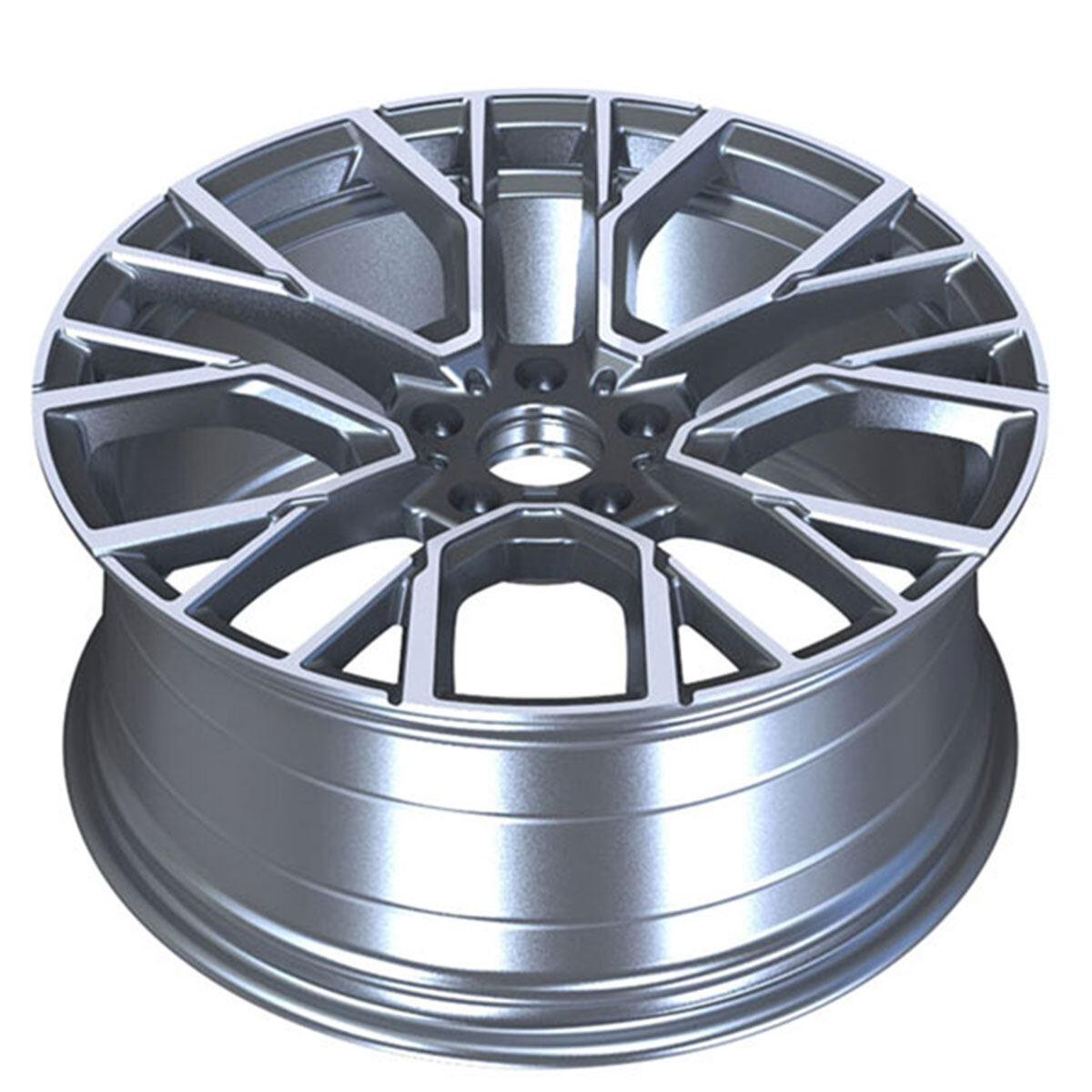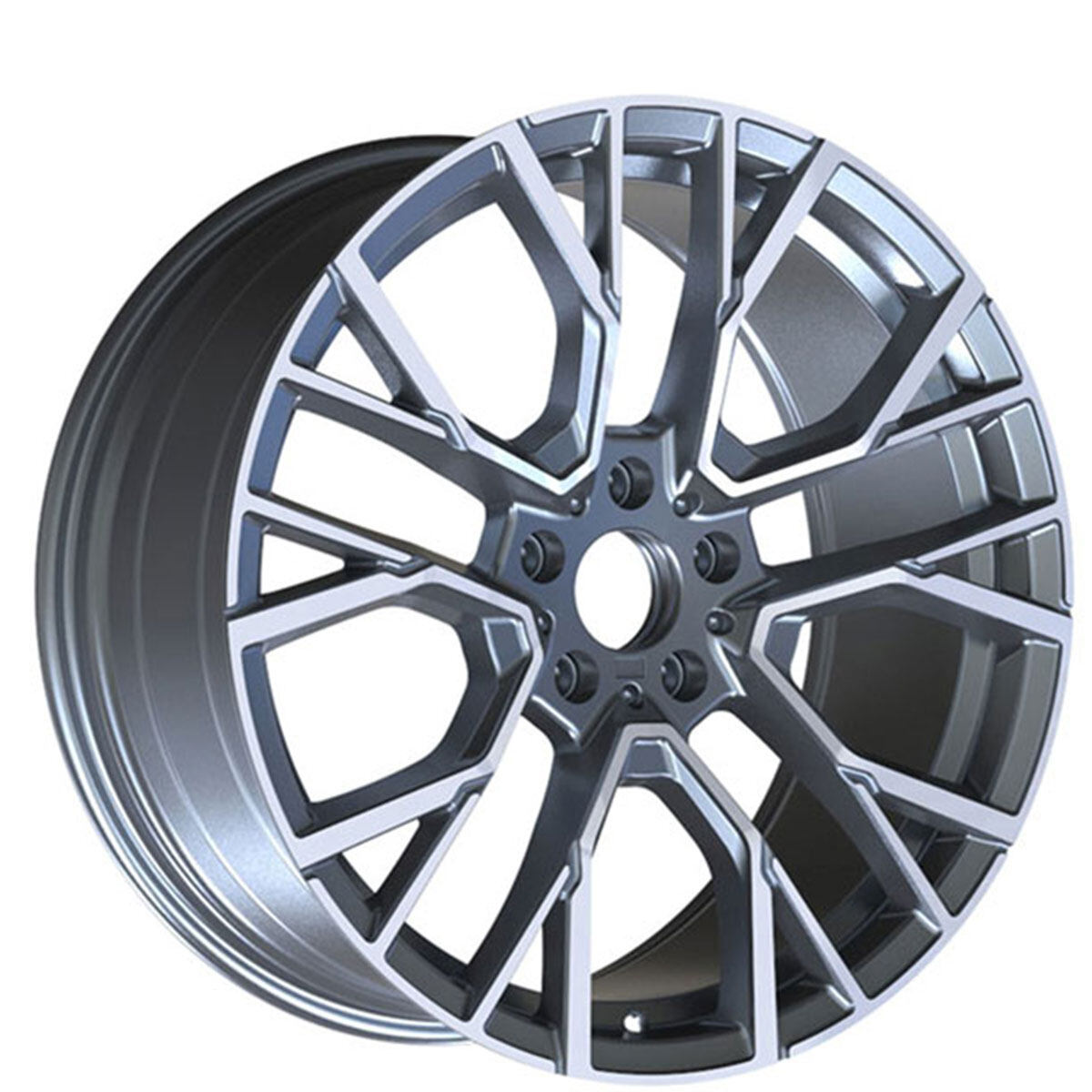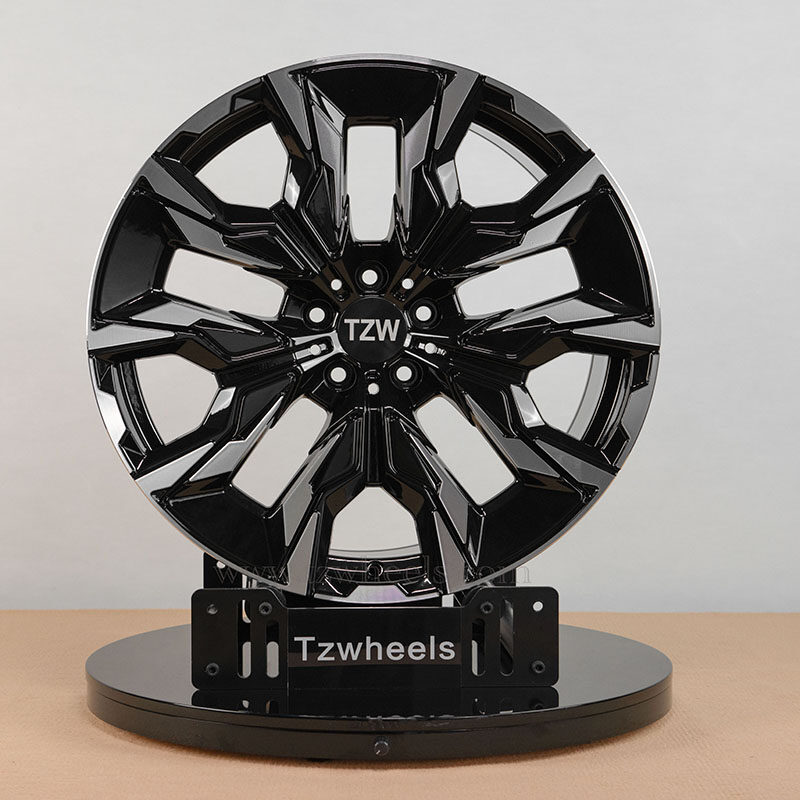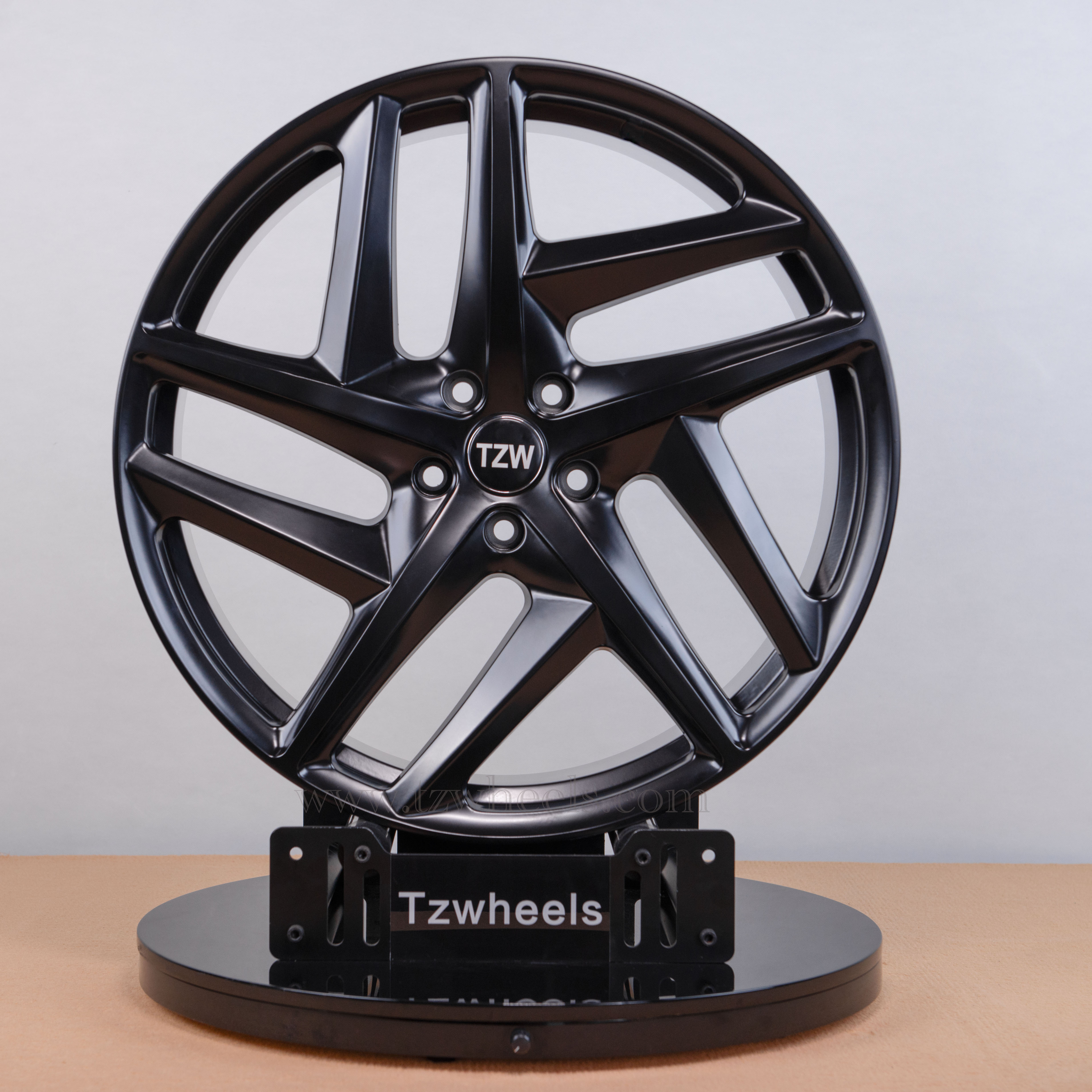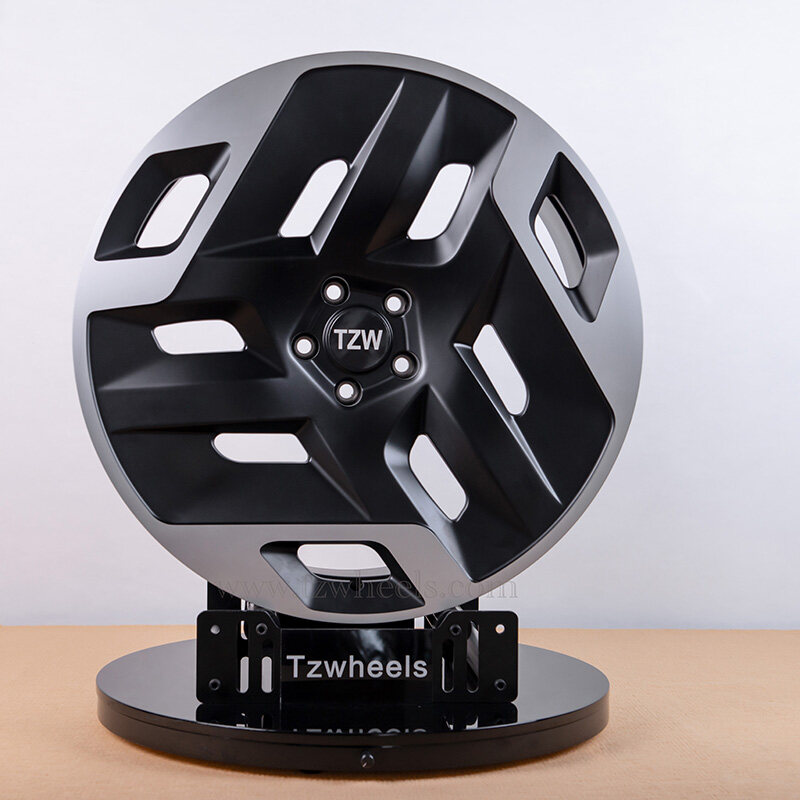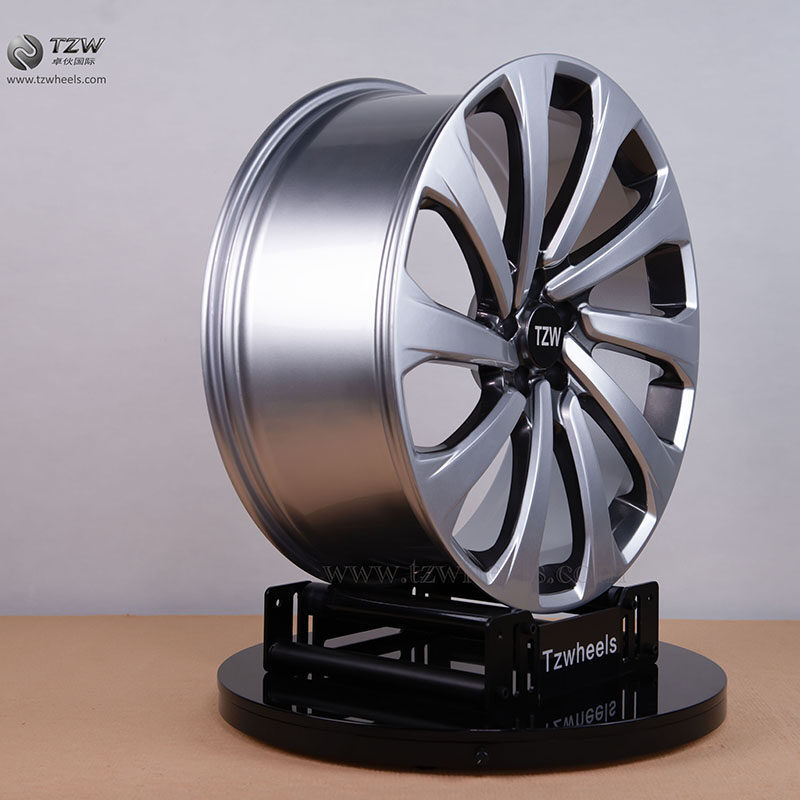Email format error
Email cannot be empty
Email already exists
6-20 characters(letters plus numbers only)
The password is inconsistent
Email format error
Email cannot be empty
Email does not exist
6-20 characters(letters plus numbers only)
The password is inconsistent

20/22 inch Replica Aluminum alloy wheels for BMW X5M-copy

FITMENT SIZE ET PCD CB
BMW X5M 2090 30-40 5*112/120 66.5/74.1
BMW X5M 20105 30-40 5*112/120 66.5/74.1
BMW X5M 2295 33-45 5*112/120 66.5/74.1
BMW X5M 221050 33-45 5*112/120 66.5/74.1
The quality of the aluminum alloy wheel is 65% lower than that of the traditional steel wheel, which greatly reduces the weight of the car wheel, thereby improving the rotational inertia of the car wheel, and effectively improving the acceleration of the car. Taking the high-end car Audi as an example, through the use of aluminum alloy wheels, the weight of the entire car is reduced by 40%, which greatly improves the acceleration of the car and shortens the acceleration time by 0.3s.
Features of 20/22 inch Replica Aluminum alloy wheels for BMW X5M
Our 20/22 inch Replica Aluminum alloy wheels for BMW X5M is reducing overall vehicle mass and helping reduce fuel consumption.
Advantages
The alloy used to make this wheel is lightweight, making it easier to maneuver and reduce the overall weight of the vehicle. This can improve fuel efficiency further and give you a smoother ride.
Benefits of 20/22 inch Replica Aluminum alloy wheels for BMW X5M
Since 2000, alloy wheels have become increasingly prevalent and are now being used on even the most economical and compact cars. Our 2022 New X5 X6m Alloy wheel Code 506 is always the option of factories.
Characteristics of alloy wheels
Lighter wheels can improve handling by reducing unsprung mass, allowing the suspension to follow the terrain more closely for better grip, but not all alloy wheels are lighter than their steel counterparts. Reducing overall vehicle mass can also help reduce fuel consumption.
Better thermal conductivity and a more open wheel design can help release heat from the brakes, improving braking performance in tougher driving conditions and reducing the chance of overheating that can degrade or even fail.
Alloy wheels can also be used for decorative purposes, although the cheap alloys used are generally not resistant to corrosion. Alloys allow for attractive bare metal surfaces, but these must be sealed with paint or wheel wells. Even with such protection, in-use wheels will eventually begin to corrode after 3 to 5 years, but refurbishment is problematic these days, but at a cost. The manufacturing process also allows for complex, bold designs. In contrast, steel wheels are usually pressed from sheet metal, then welded together (often leaving unsightly bumps) and must be painted to avoid corrosion and/or being hidden by wheel caps/hub caps.
If proper precautions are not taken, alloy wheels are susceptible to galvanic corrosion, which can lead to flat tires. Also, alloy wheels are more difficult to repair than steel wheels when bent, but their higher price generally makes repairs cheaper than replacements.
Alloy wheels are more expensive than standard steel wheels, so are usually not included in standard equipment, but sold as optional extras or as part of more expensive trim packages. However, since 2000, alloy wheels have become more common, and these days, economy and subcompact cars have begun to use alloy wheels, whereas a decade ago, alloy wheels on cheap wheels were often not a factory option.
Alloy wheels have long been standard equipment for high-priced luxury or sports cars, while larger or "exclusive" alloy wheels are optional. The high cost of alloy wheels makes them attractive to thieves. To solve this problem, automakers and dealers often use lock nuts or bolts that require a special key to remove.
Most alloy wheels are made from castings, but some are forged. Forged wheels are generally lighter and stronger than cast wheels, but are more expensive. Forged wheels come in two types: one-piece and modular. Modular forged wheels are available in two-piece or three-piece designs. A typical multi-piece wheel consists of an inner rim base, an outer rim lip, and a wheel center piece with openings for the lug nuts. All parts of the modular wheel are bolted on.

